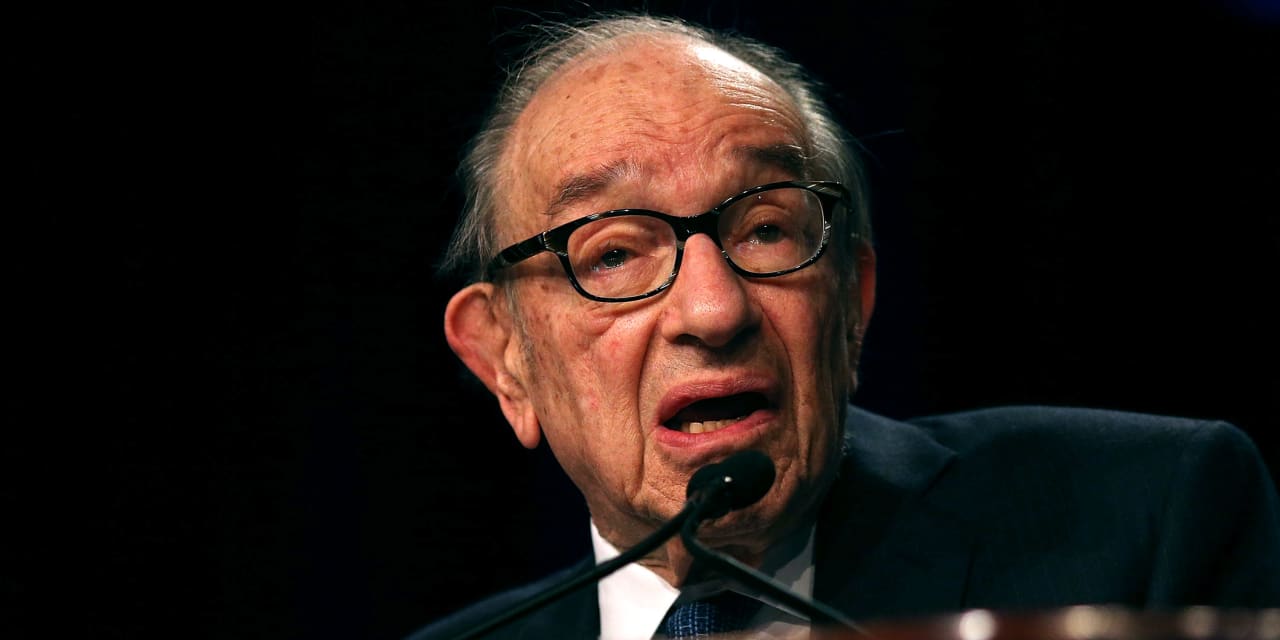I can’t believe it, but I miss Alan Greenspan.
The former Federal Reserve chairman raised obfuscation to an art form. As he once memorably remarked, “I know you think you understand what you thought I said, but I’m not sure you realize that what you heard is not what I meant.”
Now the Eccles Building in Washington may be likened to a modern-day monetary Tower of Babel, with another 12 outposts in the various Fed district banks. The various Fed governors and presidents speak out early and often, albeit not always with one voice, sometimes leading to more confusion than when Greenspan’s syntax formed a fog around the Fed.
In the latest instance, Jerome Powell, the current Fed chairman, set off a frenzy of buying stocks and bonds this past Wednesday with his comment that future interest-rate cuts were a topic of discussion at the just-concluded Federal Open Market Committee policy meeting. That seemed to contradict what he said just 12 days earlier—that it was premature to speculate about such an easing of Fed policy. But the new FOMC Summary of Economic Projections from the panel’s members suggested they saw reductions in the coming year.
Specifically, the SEP envisioned a median federal-funds rate of 4.6% by December 2024, down from the previous projection of 5.1% made back at the September FOMC meeting. That implies three one-quarter-point reductions in the coming year, from the current target range of 5.25% to 5.50%.
But the markets, which already had discounted those moves and more, raced further ahead to price in more than six quarter-point cuts following Powell’s Wednesday press conference, sparking furious rallies in bonds and stocks alike. The benchmark 10-year Treasury note, which was just above 5% in mid-October, tumbled through 4%, while stocks soared, with the venerable
Dow Jones Industrial Average
setting a record.
The markets’ action might have conjured one of Maestro Greenspan’s other famous turn of phrases: “irrational exuberance.” Apparently to counter that, New York Fed President John Williams went on CNBC Friday morning to say the panel isn’t talking about rate cuts yet. It should be noted the president of the New York Fed is also the vice chair of the FOMC and has a permanent vote on the panel, as opposed to the other 11 reserve banks that are on an annual rotation.
Even so, more than a few market pros were wondering whether the motivation for the Fed’s apparent pivot was more political than economic in nature. Of the central bank’s dual mandates, only one needs to be brought into line. The jobless rate was 3.7% in November, full employment by any standard. But inflation remains well above the Fed’s 2% target. “Core” consumer prices, which exclude food and energy, were up 4.0% in the 12 months to November.
It’s rare for the Fed to cut rates when core CPI exceeds the unemployment rate, Bank of America strategists led by Michael Hartnett wrote in research note Friday. If the Fed cuts by 1.5 percentage points in 2024, as priced into fed-funds futures, it would recall its 1975 pivot, given the current jobless rate under 4% and secular inflation confirmed by the declining dollar and gold bull market, they noted.
That said, cynics in the market (of which there are more than a few) suspect the Fed’s expected tilt toward easing has something to do with 2024 being an election year. And others took note that lower short-term interest rates would help the Treasury’s massive financing job, which relies heavily on short-term T-bills.
As always, the Fed’s actions ultimately will speak loudest.
Write to Randall W. Forsyth at [email protected]
Read the full article here




